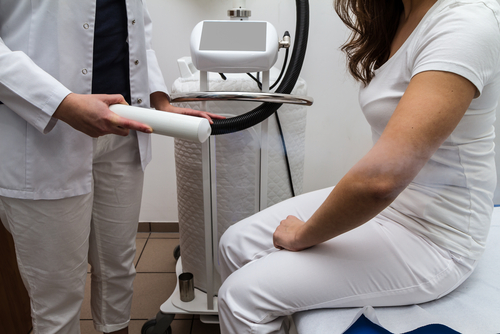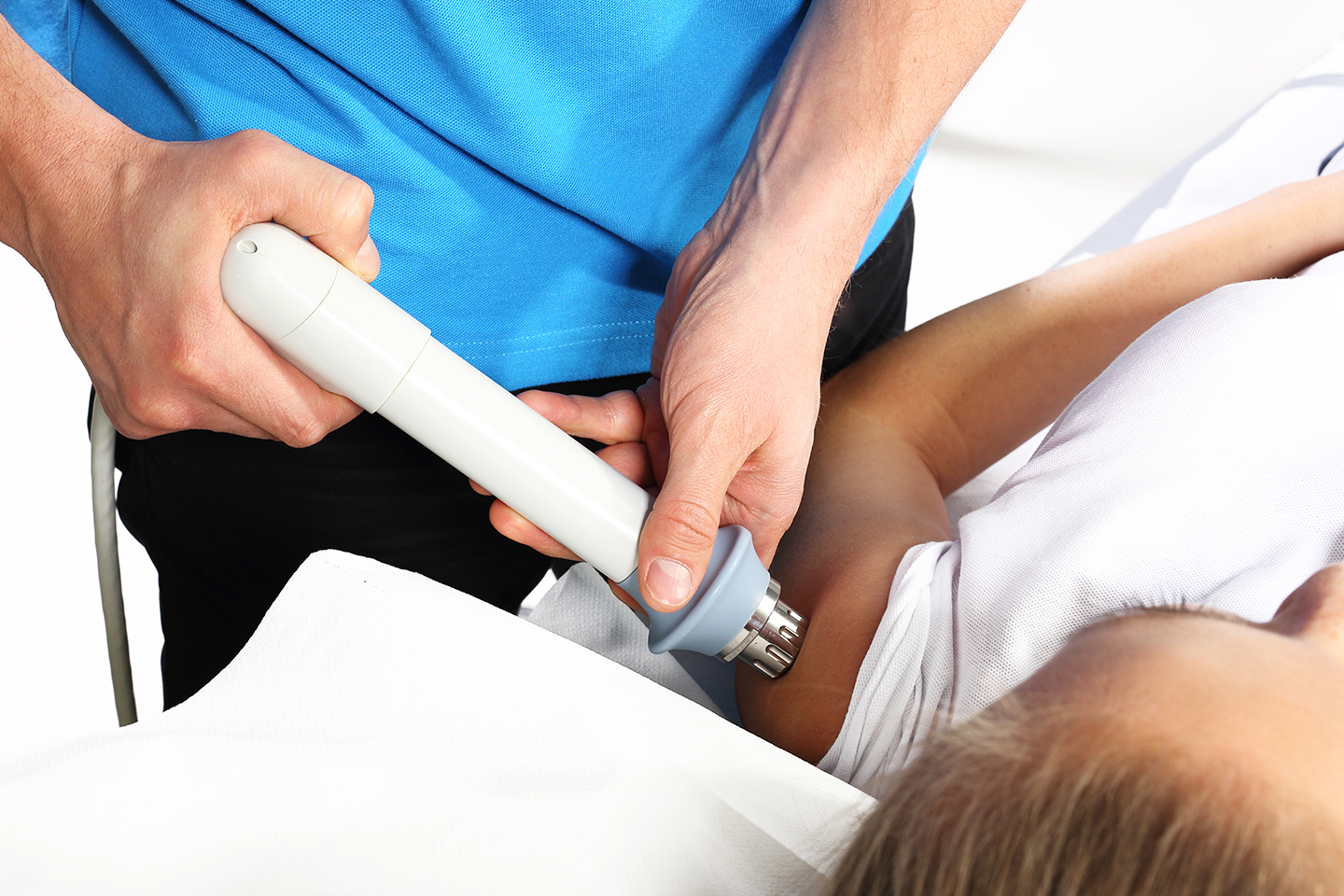Cryotherapy
Cryotherapy uses extreme cold to freeze and destroy tissue. It has been used for decades to treat common skin lesions, such as warts.
How is cryotherapy performed?
During an outpatient endoscopy, the endoscopist will place a catheter through the endoscope to deliver pressurized carbon dioxide (CO2), which cools the lining of the gut to -108 degrees Fahrenheit, freezing and destroying the diseased lining. The dead tissue will slough off, and the gut usually heals with a normal lining. Most of the carbon dioxide gas is suctioned out of the gut during the procedure.
Who needs cryotherapy?
According to the Univiersity of Michigan of Medicine ( https://www.uofmhealth.org) Cryotherapy is used to treat diseases that affect the lining of the gut, including:
Barrett’s esophagus with dysplasia or superficial esophageal adenocarcinoma (a type of esophageal cancer)
Stomach polyps or masses, including superficial or submucosal cancers
Duodenal polyps or masses, including superficial or submucosal cancers
Colon or rectal polyps

What are the potential complications of cryotherapy?
Cryotherapy is generally a safe procedure. Rare complications include bleeding and puncture (or perforation) of the lining of the gastrointestinal tract. If used in the esophagus, scarring that causes difficulty swallowing may occur. If you notice blood in your stool, black stool, fever, chills, vomiting, severe chest pain, stomach pain, or shortness of breath, contact your doctor as instructed on your discharge papers.
What do I need to do before cryotherapy?
You will have fasting instructions for the day of the procedure and your doctor may alter certain medicines. If the procedure is for the colon, you may need to take a laxative before the procedure. You must have a licensed driver who is 18 years or older accompany you to your appointment and drive you home, as the sedatives or anesthesia will make you drowsy.

What happens after cryotherapy?
After the cryotherapy procedure, you will be taken to a recovery room where your driver can join you. You will receive detailed recommendations for diet, medicines, and follow-up. The results of the procedure will be communicated to your referring physician(s). Rarely, patients who had cryotherapy in the esophagus will experience mild chest discomfort for a few days.
If cryotherapy was performed in the esophagus, your doctor will ask you to consume a liquid diet for 1 to 2 days, then soft or pureed food for 2 days, and to continue taking your proton pump inhibitor acid-reducing medicine twice a day. You may be given a prescription for a medicine to coat the lining of the esophagus to ease discomfort and help healing. Complete removal of diseased tissue may require several cryotherapy treatments.
We offer cryotheraphy at Theramotion in Bayside. Please call us to schedule a consultation (718) 279-9800.
